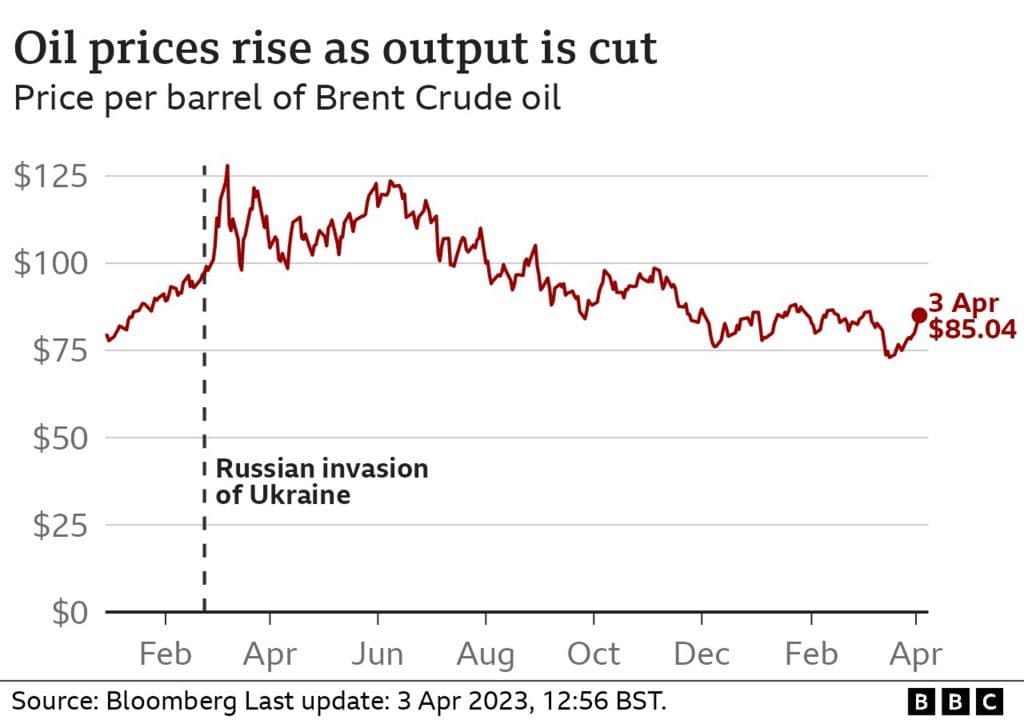BLS Cancels October Jobs Release, Delays Crucial Labor Signals
The Bureau of Labor Statistics said it will not publish a standalone October jobs report because household survey data could not be collected during the 43 day federal government shutdown. The agency released delayed September figures showing nonfarm payrolls increased by 119,000 and an unemployment rate of 4.4 percent, and it said October payroll counts will be combined with November to produce a single December 16 employment report, a move that complicates the Federal Reserve decision this month.

The Bureau of Labor Statistics on November 20 announced a pause in the regular monthly cadence of U.S. labor market releases, saying it would not issue a separate October jobs report because the household survey could not be conducted during a 43 day federal government shutdown. The agency published delayed September data showing nonfarm payrolls rose by 119,000 and the unemployment rate ticked up to 4.4 percent. October payroll counts will be rolled into the November employment report now scheduled for December 16, 2025.
The disruption removes a key data point the Federal Reserve and markets use to assess near term labor market momentum ahead of a December policy decision. The household survey, which the shutdown prevented the BLS from collecting, is the source of the unemployment rate and measures of labor force participation. Without a standalone October reading, analysts will lack an independent month to month measure of unemployment and participation in the middle of a critical policy window.
The BLS said it would combine October payroll counts with November estimates, but the combined release will likely smooth over any volatility that would have been visible in separate months. Economists warned that two months of data reported at once can obscure turning points and complicate efforts to identify whether employment gains are accelerating or cooling. Market participants likewise said the gap raised uncertainty about near term rate expectations and could increase volatility in Treasury markets and futures pricing as traders try to infer October conditions from partial information.
September’s payroll gain of 119,000 and a 4.4 percent unemployment rate suggest a labor market that remains tighter than historical averages but less frenetic than it was during the post pandemic boom. For policymakers, the key questions include the path of wage growth and the degree to which slack is widening. Those assessments typically rely on both the household survey and the establishment survey, and the absence of a household survey reading for October removes an important check on payroll data.
The operational failure to collect household survey data also highlights a broader vulnerability in economic statistics to political developments. The 43 day shutdown that interrupted the BLS work stream also suspended other data collection efforts, underscoring how fiscal and governance disruptions can ripple through the information set relied upon by central bankers, investors and business planners.
Looking ahead, analysts will watch the December 16 combined employment release closely for signs that the labor market is cooling enough to ease inflation pressures. A stronger than expected combined print could give the Fed reason to pause on further tightening, while weaker than expected results could reinforce hopes for rate cuts next year. In the meantime, the missing October reading will leave a gap in the month to month narrative of labor market momentum and raise the premium on other indicators such as weekly unemployment claims, payroll processing data and private sector surveys.

